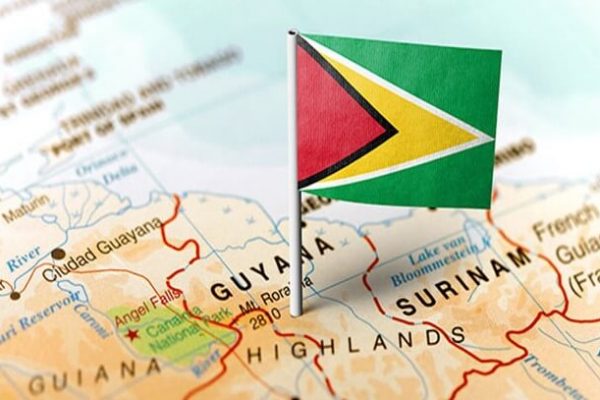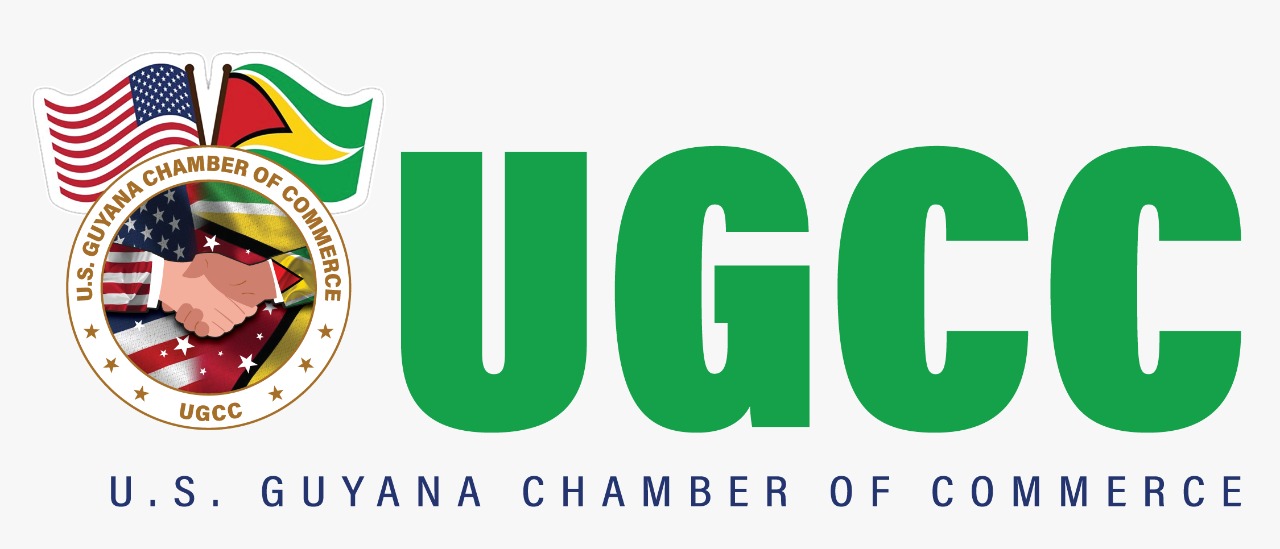About Beautiful Guyana

About Guyana
Guyana, country located in the northeastern corner of South America. Indigenous peoples inhabited Guyana prior to European settlement, and their name for the land, guiana (“land of water”), gave the country its name. Present-day Guyana reflects its British and Dutch colonial past and its reactions to that past. It is the only English-speaking country of South America. Since Guyana gained its independence in 1966, the country’s chief economic assets have been its natural resources, mainly its pristine rainforests, sugarcane plantations, rice fields, and bauxite and gold reserves. Despite those riches, Guyana remained one of the poorest countries in South America into the first decades of the 21st century, but the country’s economic fortunes changed dramatically in 2015 with the first of a raft of rich deepwater oil field discoveries in Guyana’s offshore Stabroek Block. Some geographers classify Guyana as a part of the Caribbean region, which they deem to include the West Indies as well as Guyana, Belize, Suriname, and French Guiana on the South American mainland. The capital and chief port of Guyana is Georgetown.

Guyana is bordered by the Atlantic Ocean to the north, by Suriname (along the Courantyne River) to the east, by Brazil to the south and southwest, and by Venezuela to the west. Guyana is involved in territorial disputes with both Suriname and Venezuela that are legacies of colonial rule. Although a United Nations international tribunal settled a long-standing maritime boundary dispute between Guyana and Suriname in 2007, the latter still claims the New River Triangle, a 6,000-square-mile (15,600-square-km) area between two tributaries of the Courantyne River in southern Guyana. The currently recognized border between Suriname and Guyana along the Courantyne is also in contention—Suriname claims sovereignty over the entire river and thus views its west bank as the border, while Guyana claims that the Thalweg, or deepest channel of the river, is the boundary. The dispute between Guyana and Venezuela dates from 1895, when the British government claimed ownership of the Essequibo River basin. An 1899 settlement awarded Venezuela part of the area, but in 1962 Venezuela claimed all the territory west of the Essequibo.

History of Guyana
Guyana’s populace is mainly of colonial origin, although Indians are scattered throughout the forested interior. The more numerous coastal peoples are chiefly descendants of slaves from Africa and indentured workers from India, who were originally transported to work the coastal sugarcane plantations. Ethnic problems between the last two groups have played a disruptive role in Guyanese society.
Guyana has been a member of the Commonwealth (an international group made up of the United Kingdom and a number of its former dependencies) since 1970. Politically, however, Guyana moved on a steady course toward communism from the time of independence until the death of the first prime minister, Forbes Burnham, in 1985, after which ties with Western powers were strengthened, and by the 1990s privatization had begun.

Guyana, a South American country that is bordered by Atlantic Ocean, Venezuela to the west, Brazil to the south and Suriname to the east. It might not always get on a list of countries to see but it is well worth a look at. Guyana is a country on the North Atlantic coast of South America. It’s a country defined by its dense rainforest Its capital is Georgetown.
Economy of Guyana
Guyana’s long-struggling economy was radically transformed in 2015 with the discovery of a rich offshore oil field in the country’s waters about 120 miles from Georgetown. By the end of 2020, another 17 oil fields had been found in Guyana’s Stabroek Block, and it was projected that by 2025 these fields would be yielding some 750,000 barrels of oil per day. Exxon, which made the discoveries, entered into a partnership with Guyana, and in December 2019 it began production in the first field discovered. Burgeoning oil production promised to spur growth in other economic sectors and to dramatically raise the country’s standard of living.
The economic picture for Guyana had not always been so rosy. For several decades following independence, Guyana remained locked into a typical colonial economic dependency on agricultural and mined products, most notably sugarcane and bauxite. Economic reforms were passed under a socialist-leaning government, but the effect on the economic cycle was minimal.
During the 1970s the government nationalized private U.S. and Canadian bauxite holdings; in 1976 it nationalized the vast holdings of the Booker McConnell companies in Guyana, which included coastal sugarcane plantations as well as an array of light manufacturing and commercial enterprises. By the mid-1980s it was estimated that the government controlled directly more than four-fifths of Guyana’s economy. All nationalized businesses were reorganized under the Guyana State Corporation. The state-owned Guyana Sugar Corporation controlled the sugarcane plantations, and the Guyana Mining Enterprise Ltd. was established to oversee local mineral production.
Beginning in the 1990s, a privatization program was carried out, and government control was reduced. By the early 21st century, the government had secured foreign direct investment in the agriculture, forestry, mining, and petroleum sectors. However, Guyana continued to struggle with a shortage of skilled labour, an unstable infrastructure, and large external debt. (Its major donor, the Inter-American Development Bank, canceled Guyana’s debt in March 2007).
